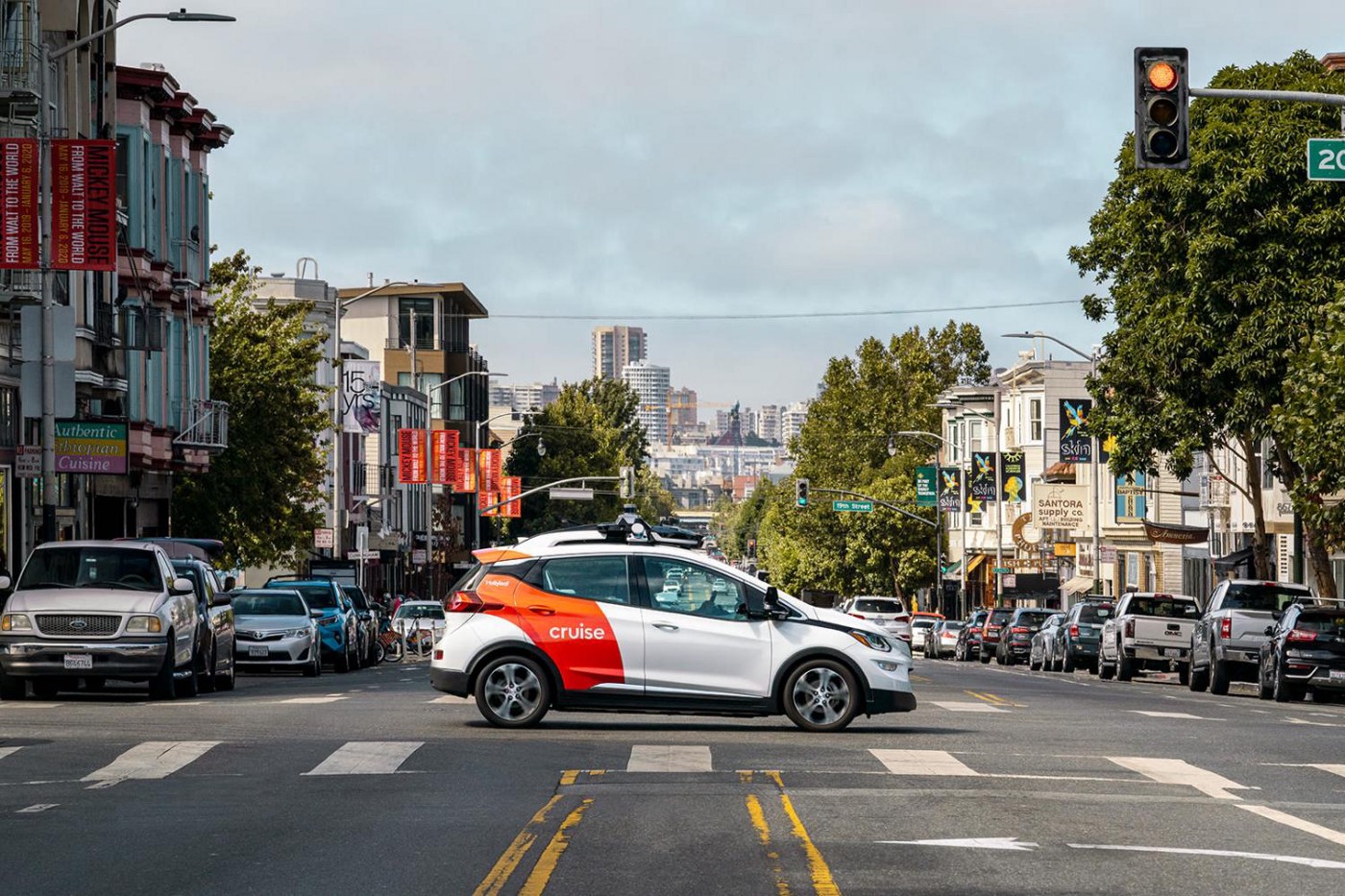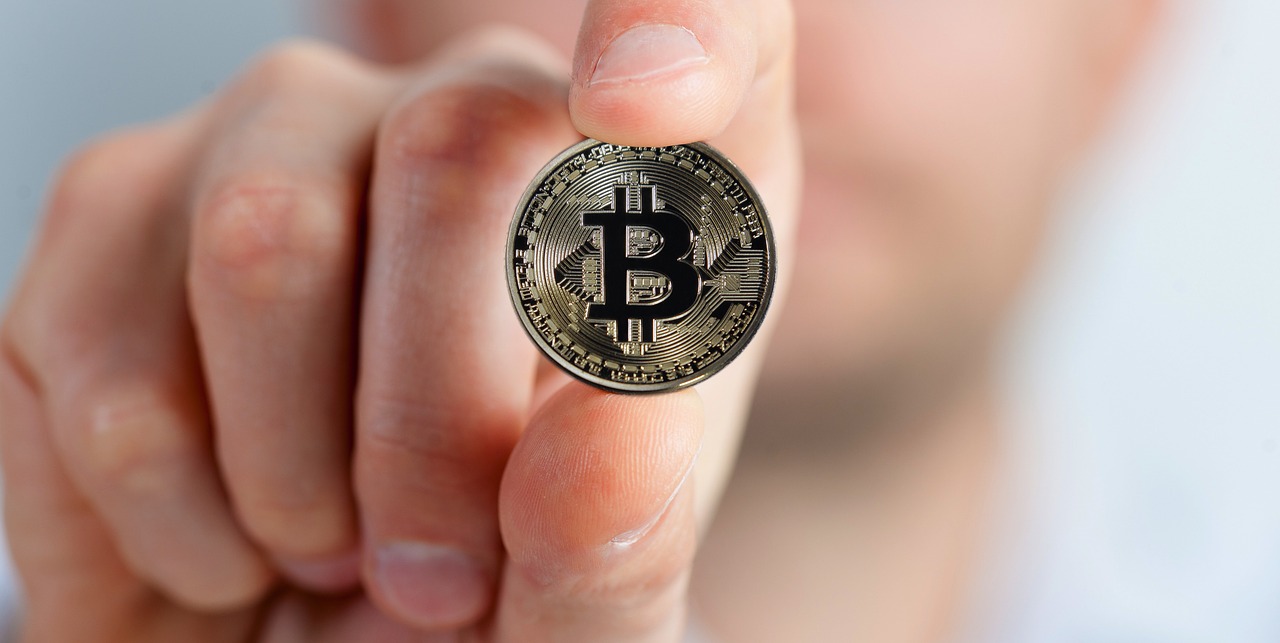Will Cryptocurrency Ever Enter the Mainstream for Businesses?
At this time in 2018, the very idea of bitcoin becoming an accepted currency among major corporations would have been unlikely. Now, the idea still attracts some raised eyebrows — but it isn’t as immediately dismissed.
Cryptocurrency had its first spotlight moment in 2018. It was the modern era’s equivalent of the gold rush; all around the country, adventurous bitcoin dabblers found themselves raking in thousands — sometimes tens of thousands — of dollars after investing comparatively paltry sums.
“Bitcoin and, subsequently, a proliferation of other cryptocurrencies had become an object of global fascination, amid prophecies of societal upheaval and reform, but mainly on the promise of instant wealth,” journalist Nick Paumgarten wrote of the time for The New Yorker. “A peer-to-peer money system that cut out banks and governments had made it possible, and fashionable, to get rich by sticking it to the Man.”
But that promise of high returns soon began to buckle. In January of 2018, the total market capitalization of cryptocurrencies had peaked at $800 billion, skyrocketing up from the mere $18 billion reported the year before. It didn’t take long for the market to plunge; by the end of the year, the market had lost three-quarters of its value and stood at a mere $200 billion.
The cryptocurrency bubble had popped. But unlike other markets, it seemed as though the sheer intensity of the crash would bring the boom-and-bust cycle to a grinding (and permanent) halt. Headlines shared stories of would-be investors who invested their life savings, insurance payouts, and loans in the new market only to see the lion’s share of their hard-earned and borrowed money trickle away.
“What the average Joe hears is how friends lost fortunes,” Alex Kruger, a former banker and current cryptocurrency trader, told reporters for the New York Times. “Irrational exuberance leads to financial overhang and slows progress.”
The response from corporate interests was, at the time, similarly cold. One writer for the Financial Times noted that even well-regarded cryptocurrency enthusiasts were “met with a cold shoulder by US regulators” when they attempted to open exchange-traded funds for Bitcoin and encourage wider adoption.
But in recent months, hints of another crypto boom have begun to circulate. Recent reporting from Forbes’ Ron Shevlin indicates that trading of Bitcoin, Ethereum and other major cryptocurrencies increased sharply at the open of 2020, peaked in February, and remained at high levels through the first half of 2020. Roughly 15 percent of American adults now own cryptocurrency — and notably, half of them invested in the sector for the first time this year.
Corporate America, for its part, hasn’t paid the recovering cryptocurrency market much attention. But, as of October, two major financial firms have diverged from their peers to invest in the opportunity they believe the sector offers. Their names: PayPal and Square.
Early in the month, Square announced that it had purchased a total of 4,709 bitcoins at the cost of roughly $50 million, or one percent of the company’s total assets.
“We believe that bitcoin has the potential to be a more ubiquitous currency in the future,” Square’s Chief Financial Officer, Amrita Ahuja, shared in a press release. “As it grows in adoption, we intend to learn and participate in a disciplined way. For a company that is building products based on a more inclusive future, this investment is a step on that journey.”
PayPal took another route in upholding cryptocurrency. Rather than purchase bitcoin, it launched a cryptocurrency service that will allow customers to buy, hold, and sell digital currency on its site and associated applications. PayPal’s President and CEO, Dan Schulman, explained the company’s decision to create its crypto platform was based on the idea that the “efficiency, speed and resilience of cryptocurrencies” could “give people financial inclusion and access advantages.” Moreover, he said, the eventual shift to such digital currencies was “inevitable.”
But what would this “inevitable” future mean for businesses? If you were to ask Gavin Brown, the co-founder and director at the venture capital firm Blockchain Capital Limited, the answer would be a fundamental change in trade currency.
“In an era where companies such as McDonald’s have a higher credit rating than countries such as Ireland, the notion that multinational firms may issue their own currencies and request that their customers purchase with them is not that outlandish,” CNBC journalist Eustance Heung paraphrased of Brown’s perspective in a 2019 article. “What we’re probably likely to see is … almost like [corporate] groups or alliances coming round around mainstream currencies.”
There are certainly a few benefits to using cryptocurrency in business. Bitcoin and other similar currencies facilitate secure, speedy transactions that offer chargeback protection — because cryptocurrency doesn’t support debt or loans, companies can be sure that payments conveyed via bitcoin aren’t fraudulent or reversible. Bitcoin’s decentralized nature also allows businesses to reach international buyers who may not have previously been able to access their goods or services.
Cryptocurrency offers increased accessibility; however, it isn’t without its detractions.
At present, cryptocurrencies are not stable, insured, or regulated. This lack of clear support from federal bodies makes for tremendous market volatility and puts investors at a high risk of losing their — or their clients’ — fortunes. Most businesses will not want to roll the dice on a currency they can’t rely on.
So, will bitcoin see another, more long-lived, heyday in corporate America? The answer is unclear.
While there might be another cryptocurrency boom on the horizon, it will be a while before bitcoin and its competing currencies come into regular corporate trade. The degree of usage will most likely depend on what we see in the cryptocurrency market over the next few months to a year. Will we see another dramatic boom-bust cycle? Will investors flock to or flee cryptocurrency? Will matters stabilize or devolve once more into wild speculation?
If the market stabilizes and provides more consistent (if less lucrative) returns, we can expect businesses to enter into a period of cautious experimentation. PayPal and Square’s investments have lent bitcoin some credibility. Still, it remains to be seen whether — now that they have been giving tacit industry “permission” — other corporate interests will begin making investments in bitcoin and/or using it in trade.
If cryptocurrency does take off in the corporate sector, it seems likely that federal authorities will begin regulating the market. If we were to reach this point, we would be in a world where cryptocurrency has established an (albeit preliminary) place for itself as a credible form of business currency.
However, even this scenario requires a lot of if’s. It would appear best for companies and institutional investors to approach cryptocurrency conservatively and see how the above hypothetical plays out. Bitcoin may eventually lose its novelty status in big business — but there’s no sense in major corporate players charging forward while its stability remains unclear.
This article was originally published on Medium









